Multi-route traffic adjustment
According to Giao Thong Newspaper reporters, since mid-September, three bus routes 122, 85 and 62-5 that previously operated on Ba Trieu Street (Hoc Mon) have all changed their routes.
This adjustment is to avoid traffic jams when the project to upgrade Tran Van Muoi Street (the extension to Ba Trieu Street) begins.
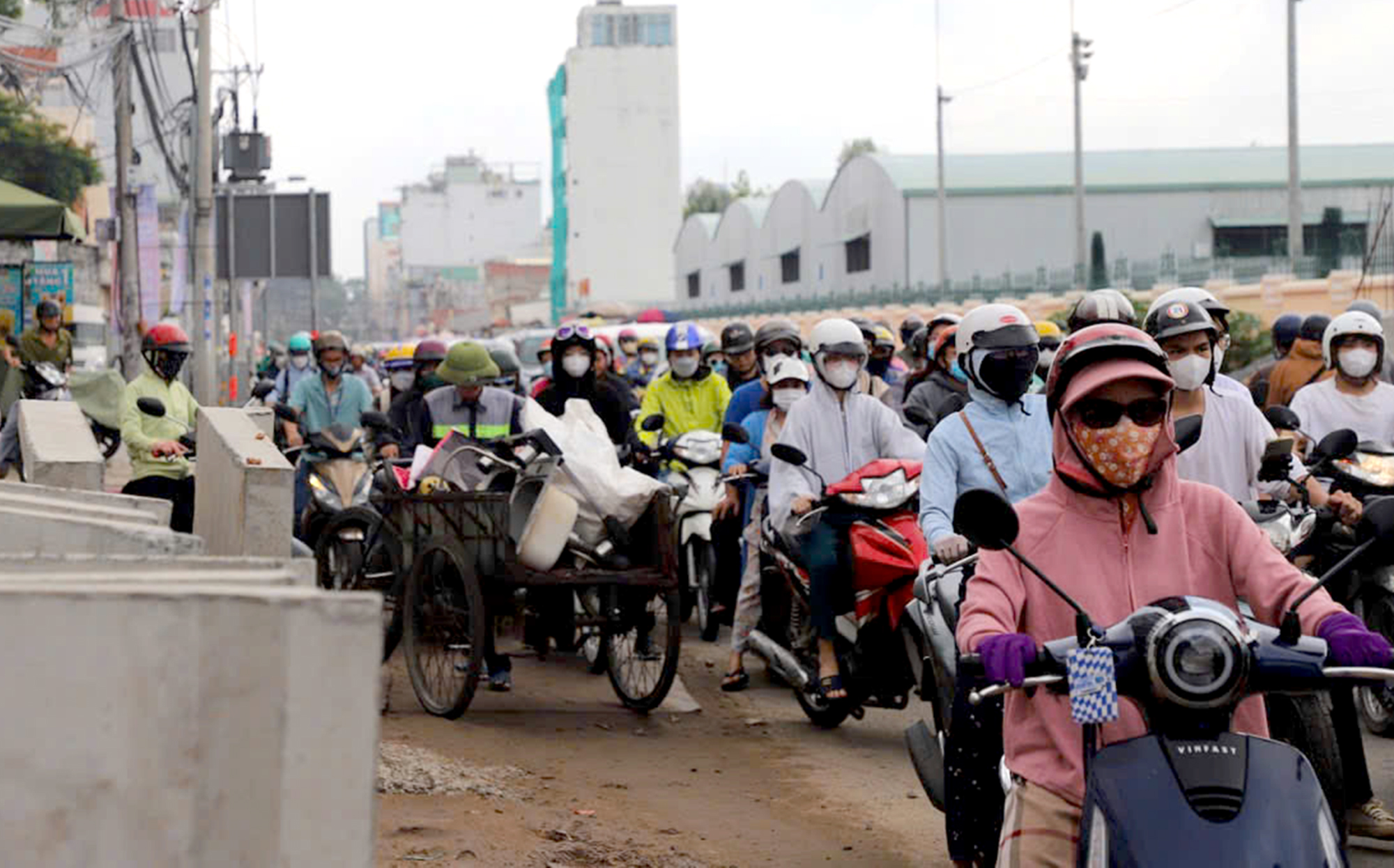
People struggle to get around on Hoang Hoa Tham Street (Tan Binh District) when a construction "bunker" blocks the way.
A representative of the Ho Chi Minh City Department of Transport said that not only buses, but also cars and three-wheeled vehicles are banned from traveling from the parallel road of National Highway 22 to Ba Trieu Canal, except for vehicles of residents in the area.
In addition to the Hoc Mon area, other routes in Ho Chi Minh City will also have their routes adjusted, reducing traffic flow before construction projects begin.
On Hoang Hoa Tham Street (Ward 13, Tan Binh District), the situation of thousands of motorbikes and cars jostling each other during rush hour happens every day.
This situation is at risk of becoming a serious traffic jam when there are up to 5 infrastructure projects for transportation, electricity, water, and telecommunications under construction on the route.
"Over the past two months, the construction bunkers of the electricity industry alone have turned the Cong Hoa - Hoang Hoa Tham intersection into a nightmare.
The road was narrowed to half, making it take people nearly 20 minutes to travel a few dozen meters," said Ms. Thao, a resident of Ward 13, Tan Binh District.
Bus network restructuring
Along with adjusting traffic infrastructure, Mr. Le Hoan, Deputy Director of the Ho Chi Minh City Public Transport Management Center, said that the unit is restructuring the bus route network.
For inner-city routes, the HCM City Department of Transport has a policy of switching to medium and small vehicles, from 30 - 40 seats and 41 - 50 seats.
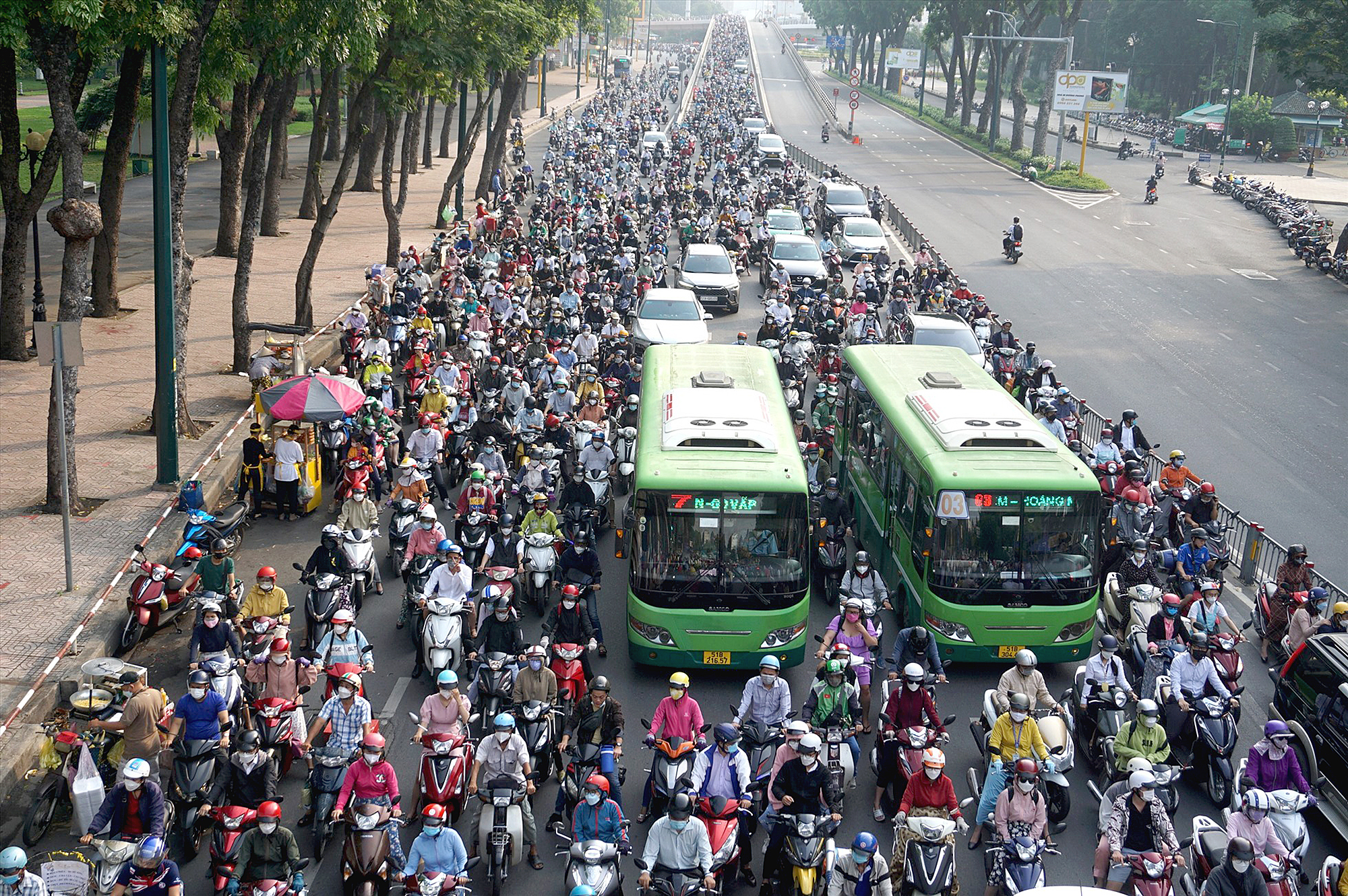
Ho Chi Minh City is deploying more medium and small buses. (In the photo: Large buses are stuck on the road under Nguyen Thai Son overpass).
With this size, the bus will be more suitable for the existing traffic infrastructure system, ensuring connection with small-width routes.
"Smaller bus sizes help increase flexibility in the context of the city's traffic infrastructure being completed and some routes being overloaded," Mr. Hoan shared.
Lieutenant Colonel Le Manh Ha, Deputy Chief of Staff of Ho Chi Minh City Police, said that he has proposed that the Department of Transport consider choosing small buses with 30 seats or less for some narrow roads where traffic jams often occur to facilitate traffic flow.
According to Lieutenant Colonel Ha, the large bus, with 50 seats and 30 standing seats, is suitable for transporting large numbers of passengers, especially students, very effectively.
"If we replace the vehicle with a smaller size, with a large number of passengers, we have to mobilize more vehicles. From there, the number and frequency of vehicles increases, and the number of vehicle drivers also increases.
Therefore, the Department of Transport needs to evaluate and organize a pilot project to evaluate its effectiveness and needs a roadmap to gradually replace it," Mr. Ha analyzed.
Pilot smart traffic lights
Another solution that Ho Chi Minh City is urgently implementing is integrating and upgrading the camera system managed by the Ho Chi Minh City Department of Transport.
Mr. Vo Khanh Hung, Deputy Director of the Ho Chi Minh City Department of Transport, said that the unit is managing more than 1,000 traffic cameras, with staff monitoring 24/7.
Data from this camera system is connected, integrated, and shared with traffic police and district police to regulate and handle traffic violations.
Recently, the Ho Chi Minh City Department of Transport has coordinated with a unit to pilot the installation of smart traffic lights. This system has cameras that scan traffic flow and automatically adjust signals in real time. This system is currently being piloted at Hang Xanh intersection and will soon be expanded to other areas.
"If applied widely, it will be very effective. Functional forces such as traffic police and traffic inspectors will have to go to the scene less to regulate, traffic light signal adjustments will be immediate, reducing traffic jams," Mr. Hung assessed.
According to the report of the Traffic Safety Committee of Ho Chi Minh City, the whole city has 24 points at risk of traffic congestion.
Currently, Ho Chi Minh City has researched a set of criteria for traffic congestion including: Average vehicle speed ≤ 5km/h (lower than pedestrian speed), the situation lasts more than 30 minutes and the length of the vehicle line is from 200 - 300m.
Along with efforts to prevent traffic jams early and from afar with many solutions, Ho Chi Minh City also urged the transport sector to make efforts to complete many projects to expand transport infrastructure.
In the last 3 months of 2024, many projects will open to traffic such as: Nam Ly Bridge, Nguyen Van Linh - Nguyen Huu Tho underpass, Ba Hom Bridge, Tan Ky Tan Quy Street, Tran Quoc Hoan - Cong Hoa connecting road...
These projects are expected to help relieve traffic pressure, thereby helping to reduce traffic congestion.
Source: https://www.baogiaothong.vn/loat-giai-phap-hoa-giai-un-tac-o-tphcm-192240926224638118.htm


![[Photo] 2nd Conference of the Party Executive Committee of Central Party Agencies](https://vstatic.vietnam.vn/vietnam/resource/IMAGE/2025/3/31/8f85b88962b34701ac511682b09b1e0d)
![[Photo] Prime Minister Pham Minh Chinh receives delegation of leaders of US universities](https://vstatic.vietnam.vn/vietnam/resource/IMAGE/2025/3/31/8be7f6be90624512b385fd1690124eaa)


![[Photo] General Secretary To Lam receives US Ambassador to Vietnam Marc E. Knapper](https://vstatic.vietnam.vn/vietnam/resource/IMAGE/2025/3/31/5ee45ded5fd548a685618a0b67c42970)
![[Photo] Speeding up construction of Ring Road 3 and Bien Hoa-Vung Tau Expressway](https://vstatic.vietnam.vn/vietnam/resource/IMAGE/2025/3/31/f1431fbe7d604caba041f84a718ccef7)
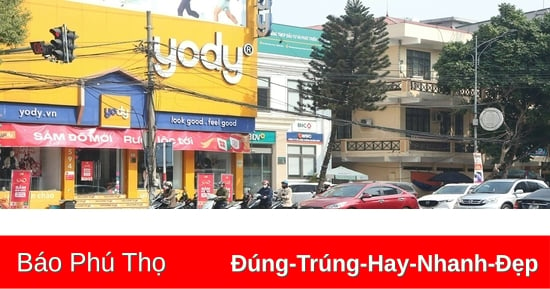



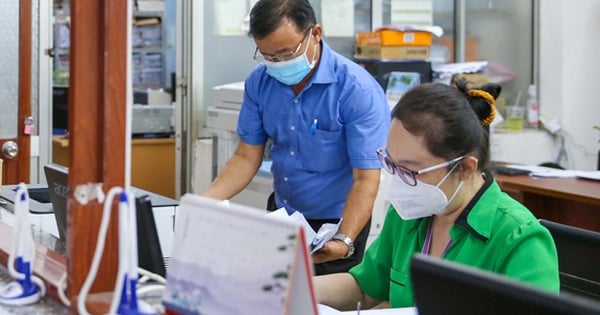

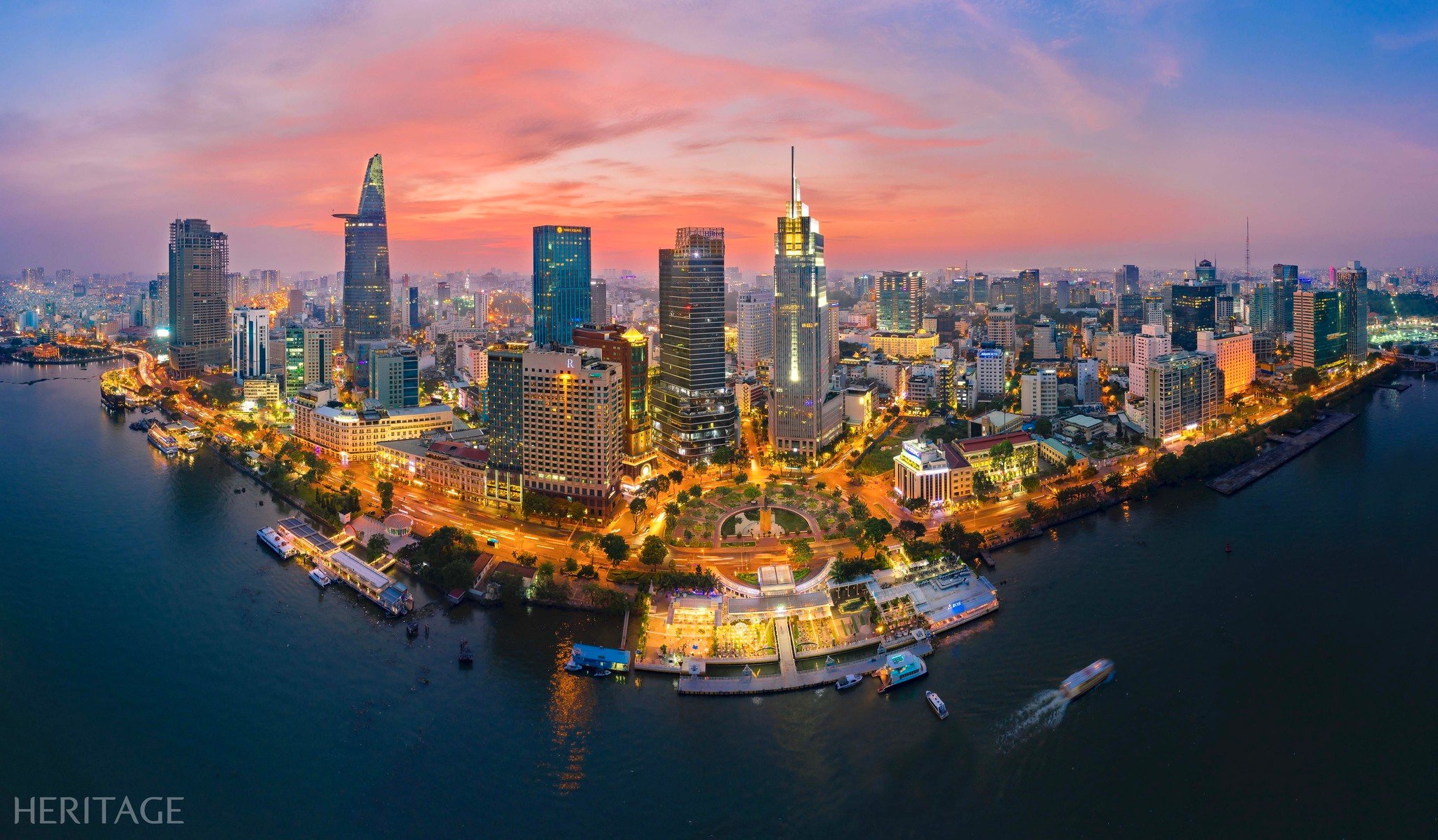

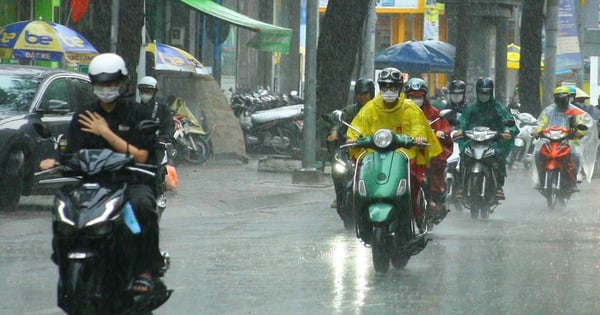
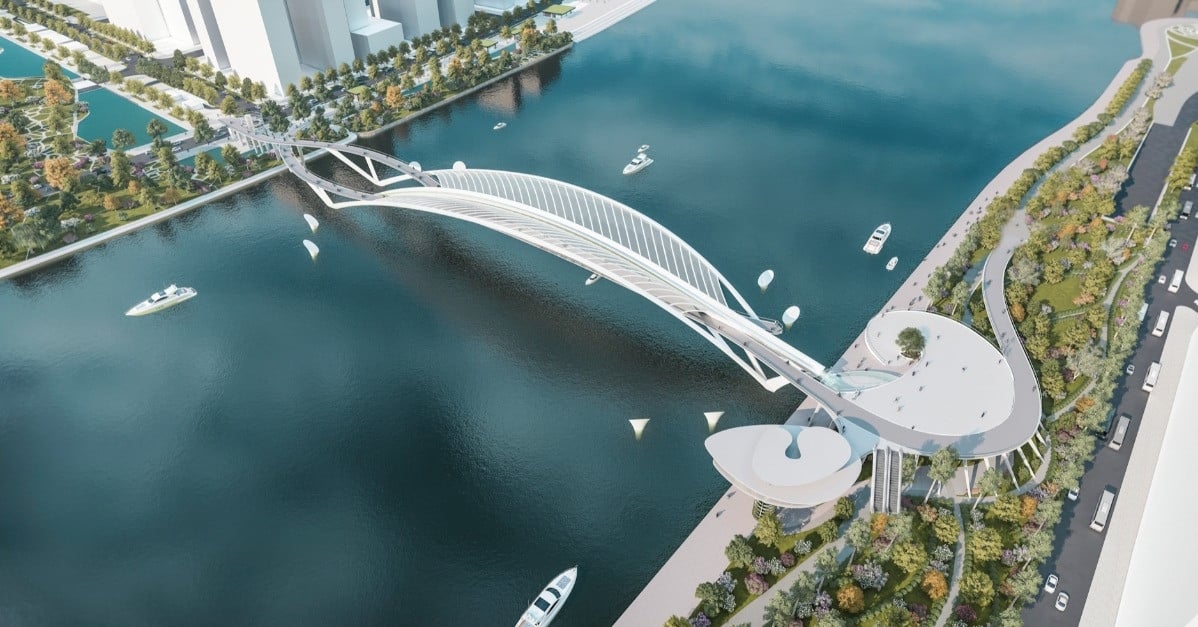

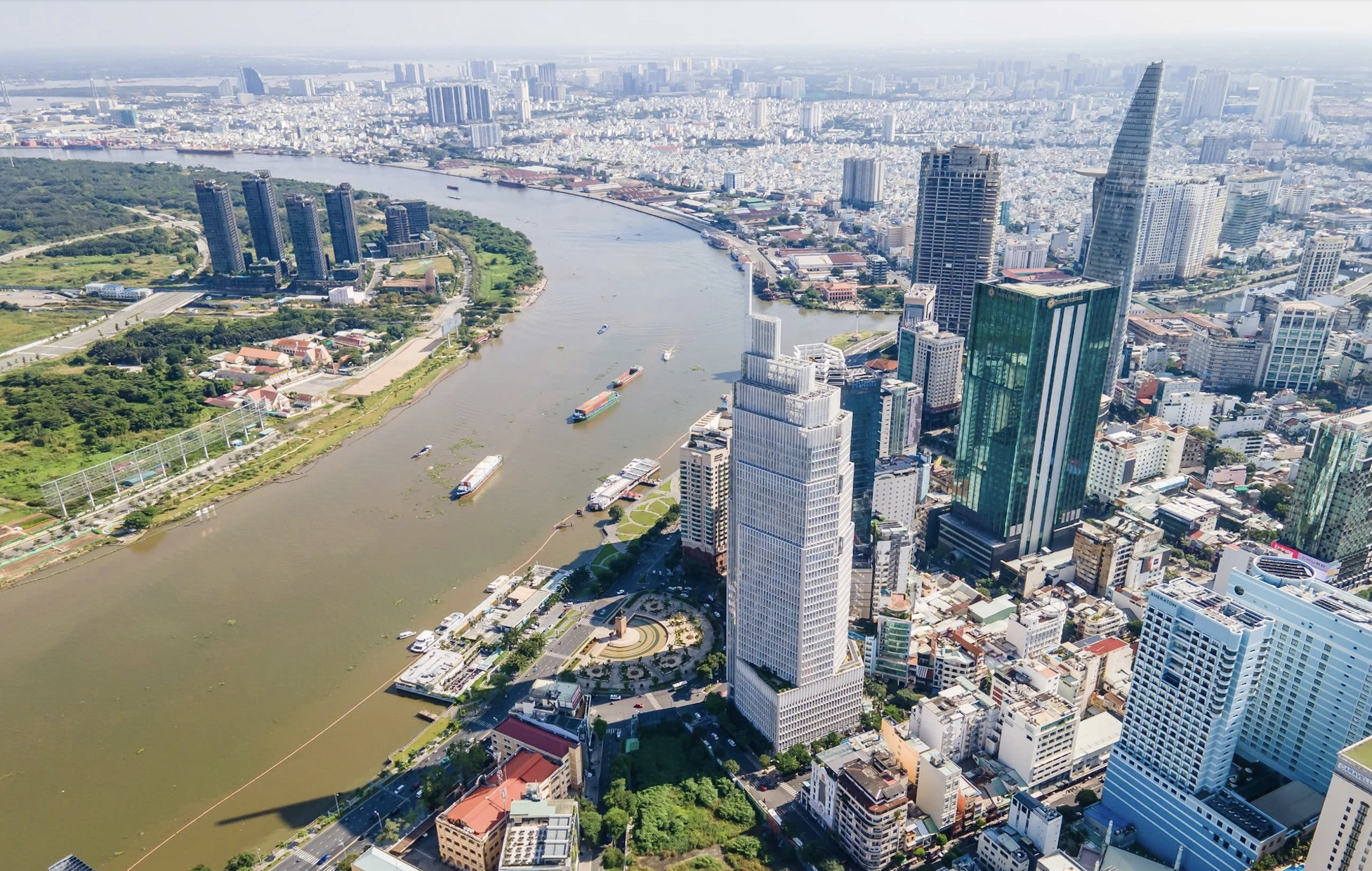
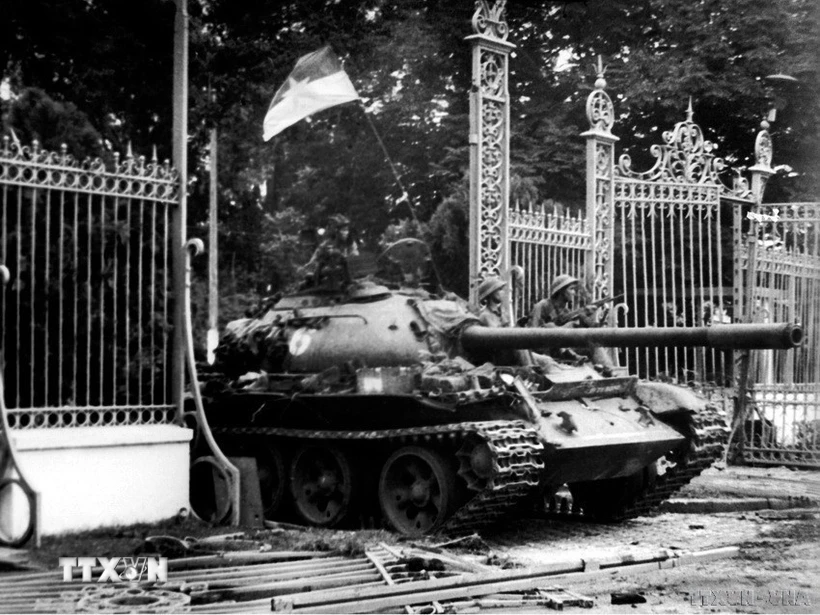


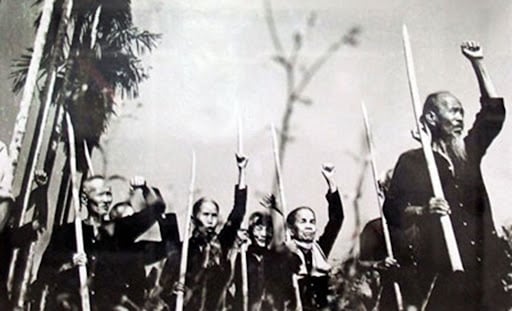
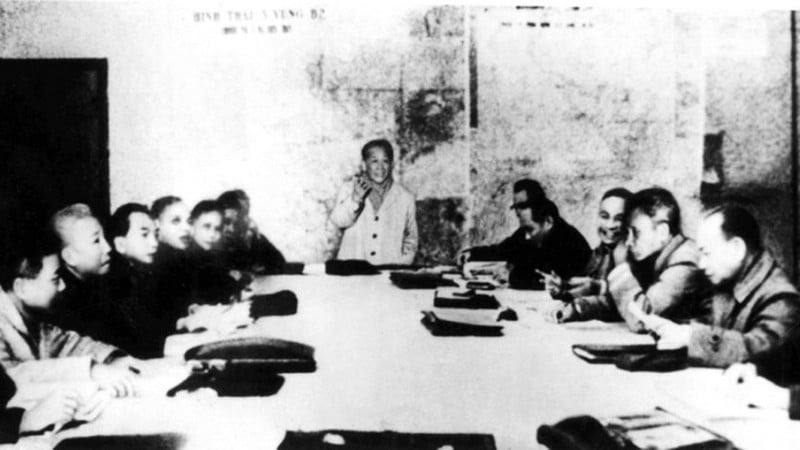


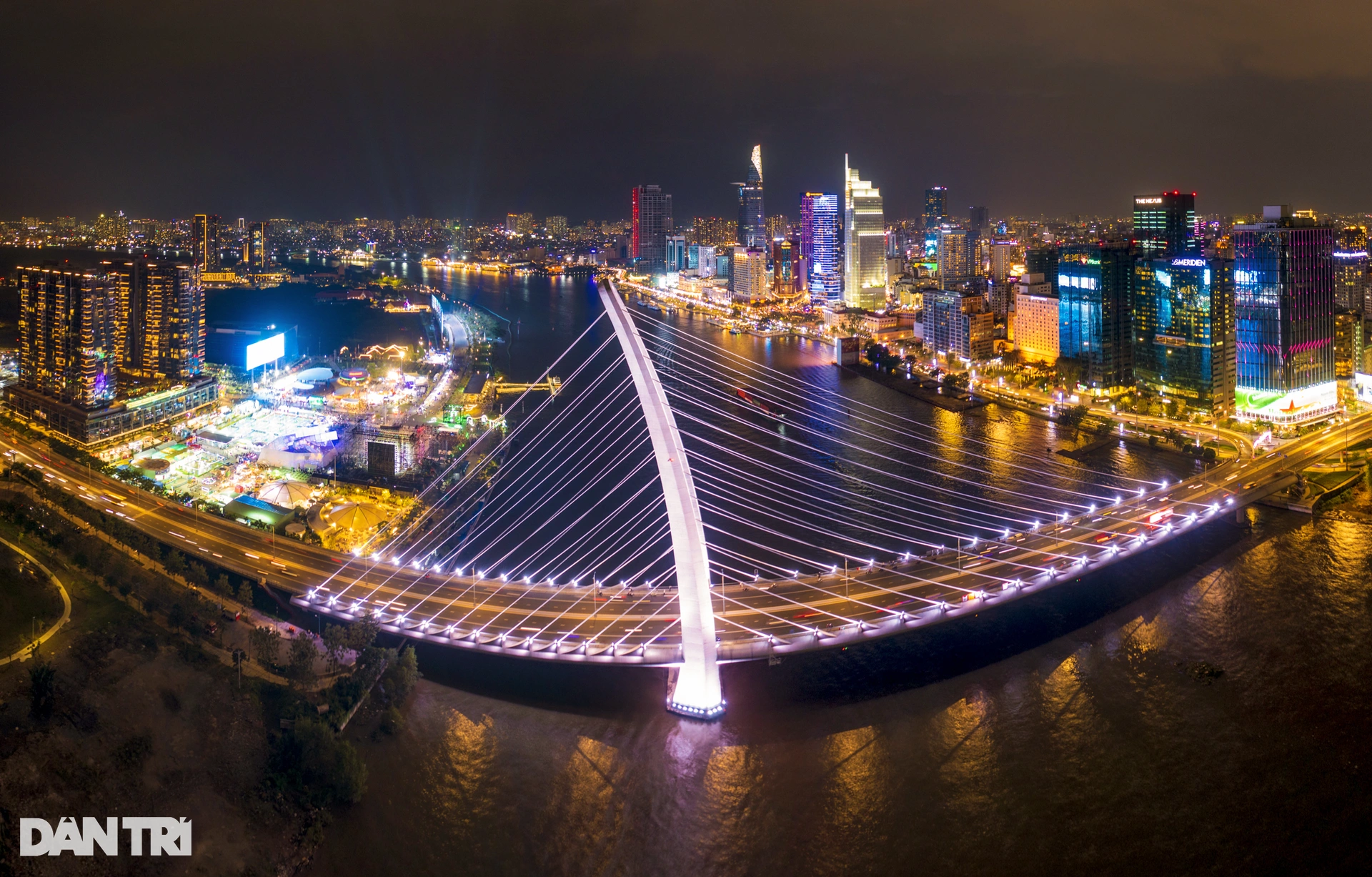

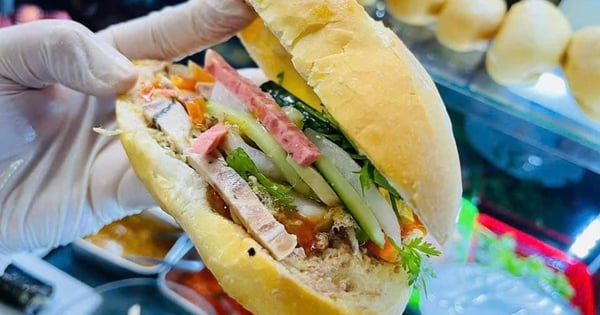
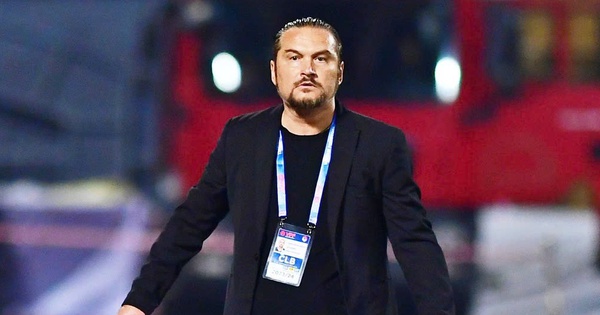



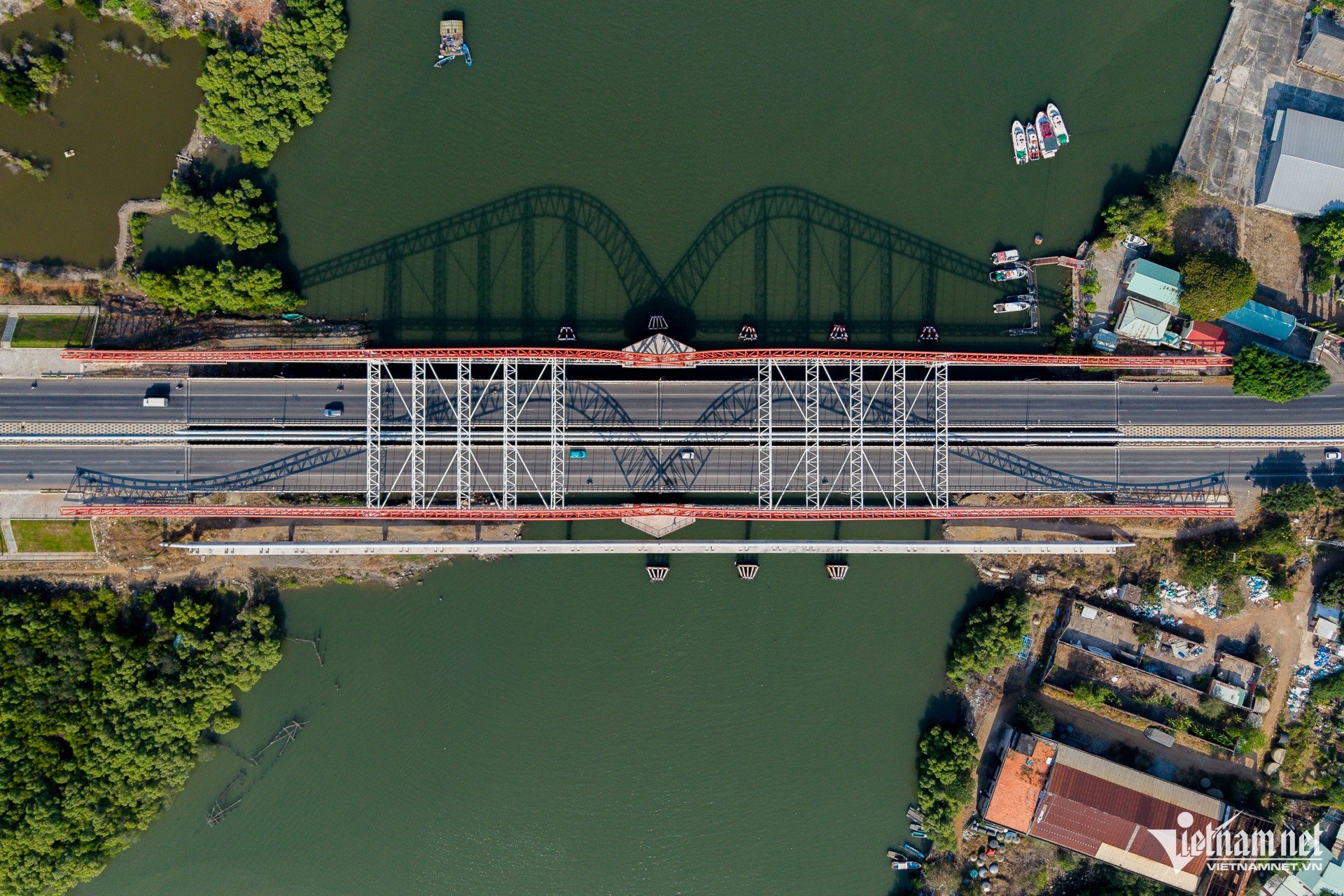




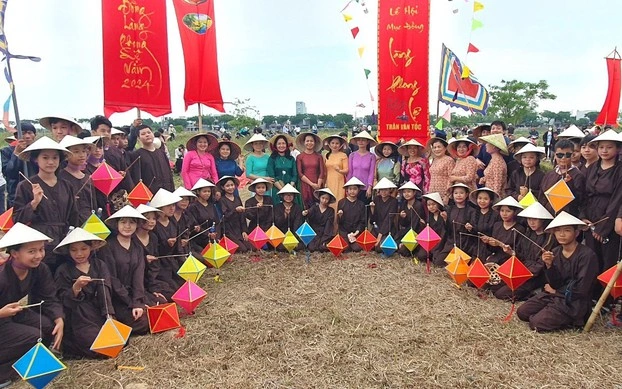
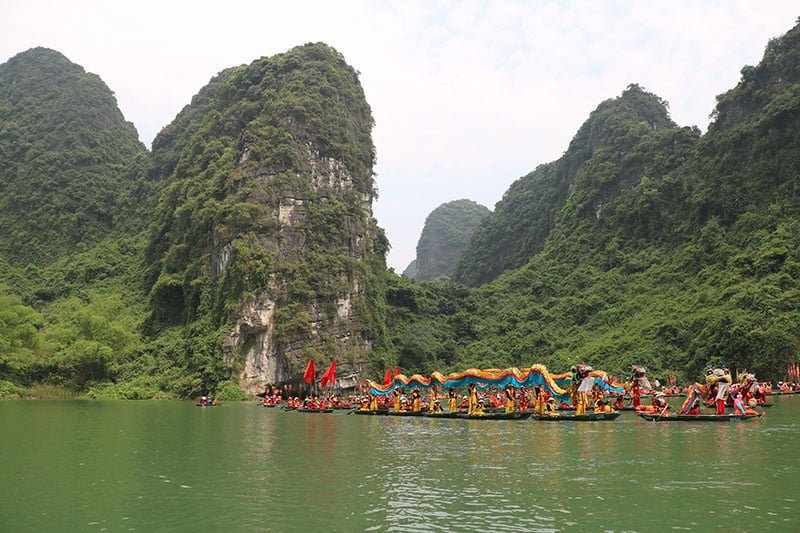



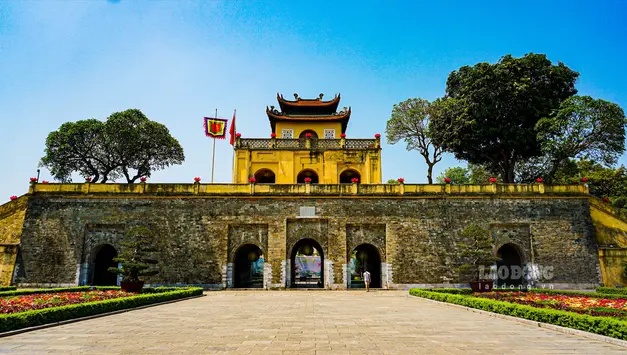

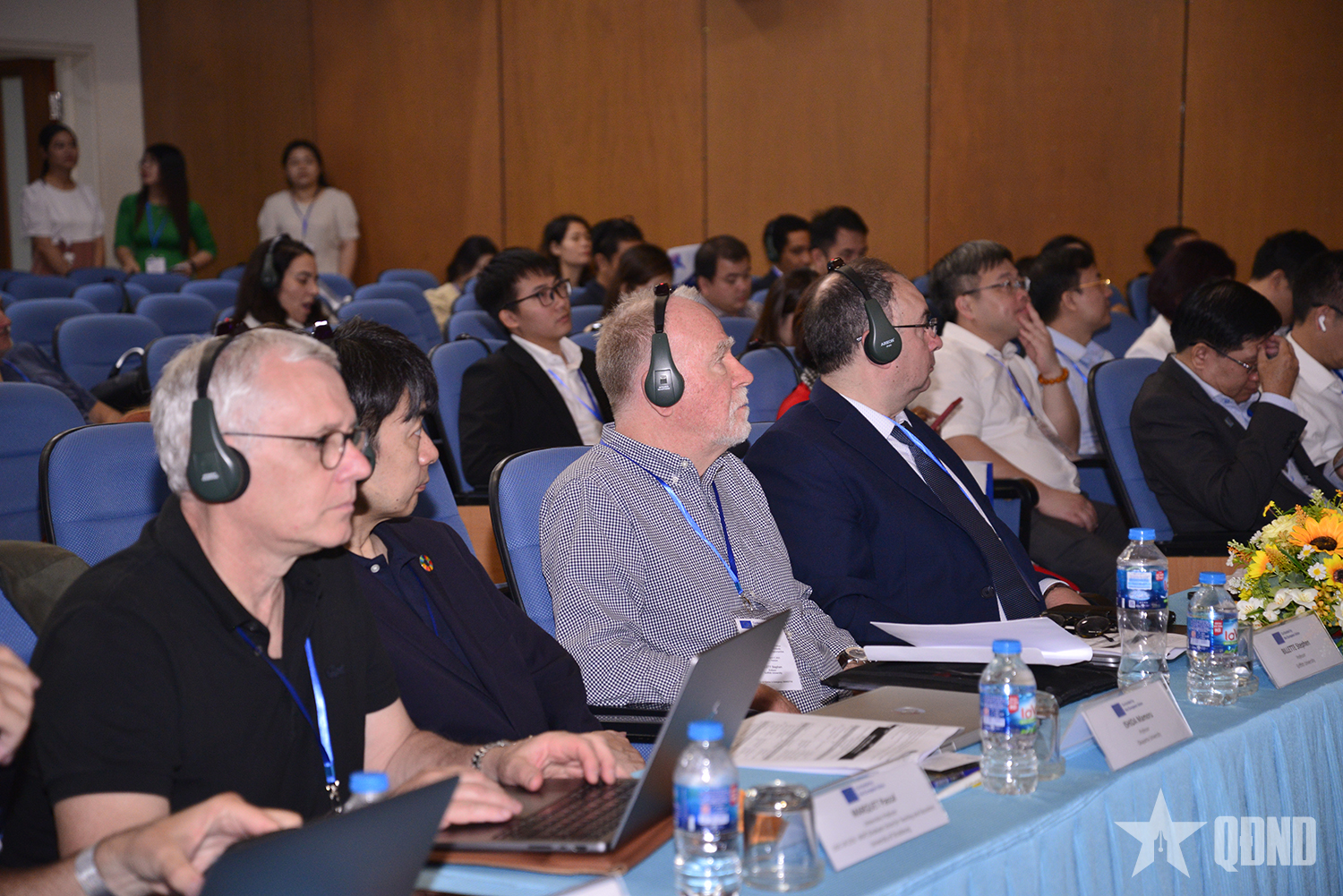

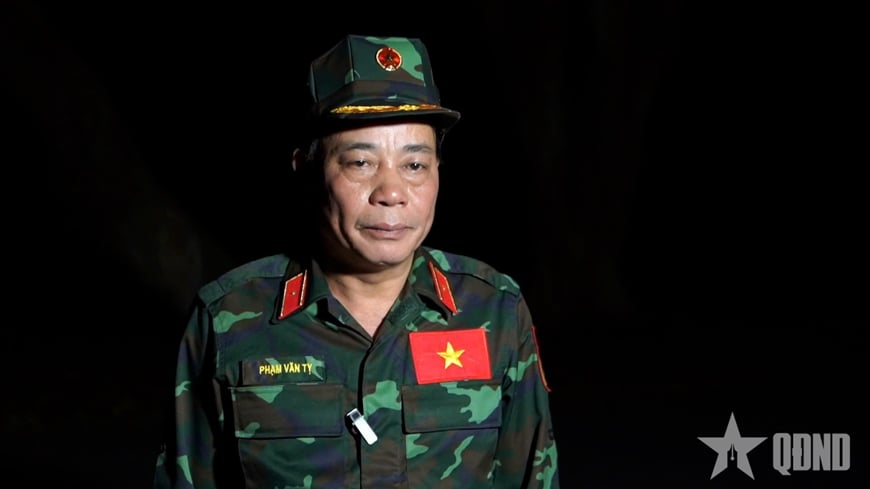




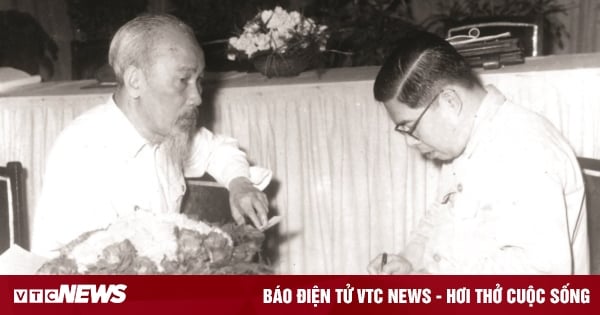









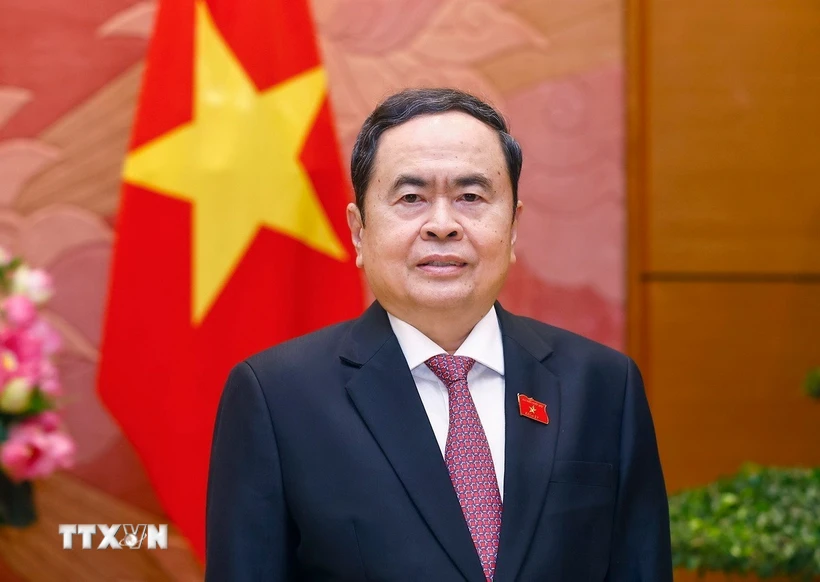

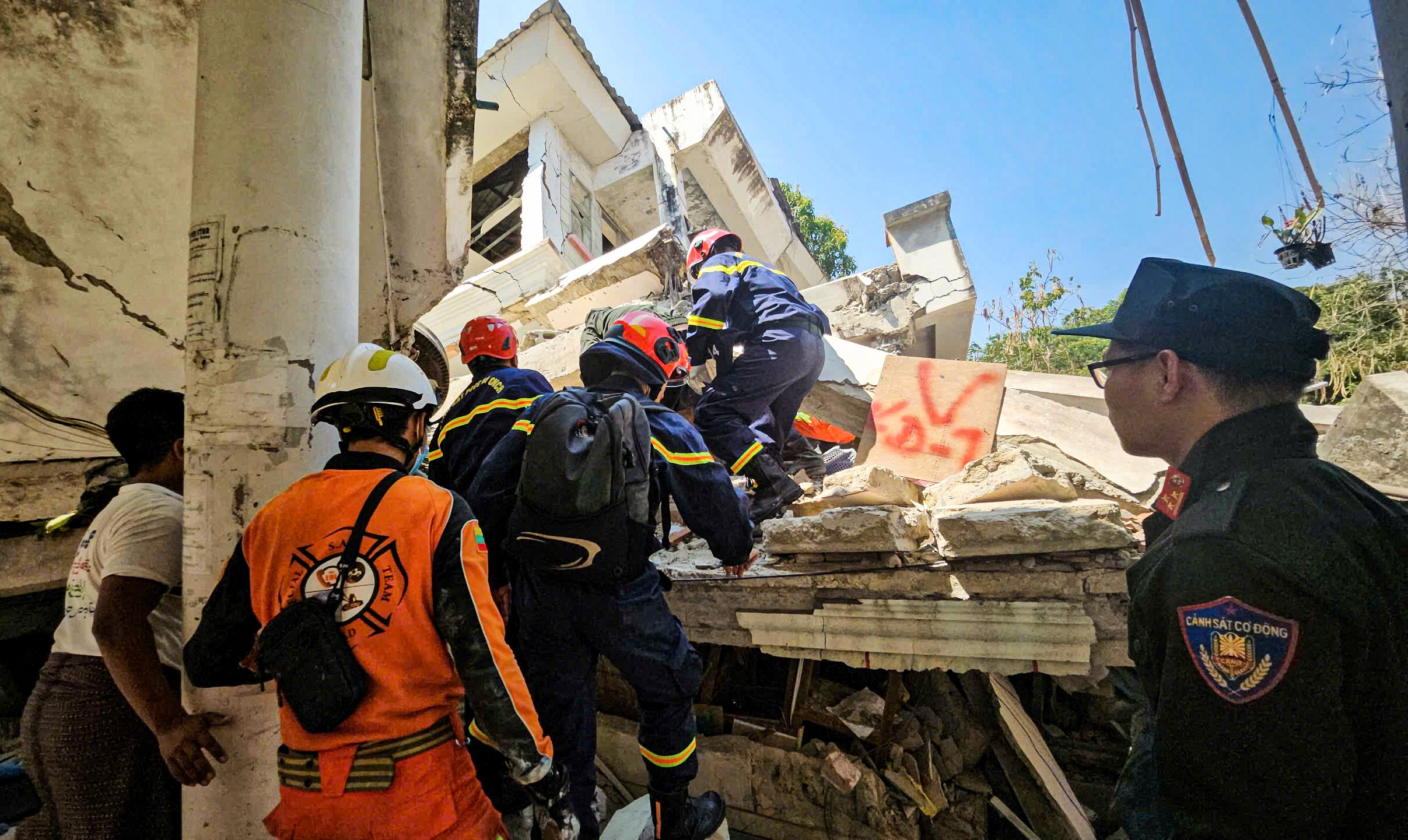

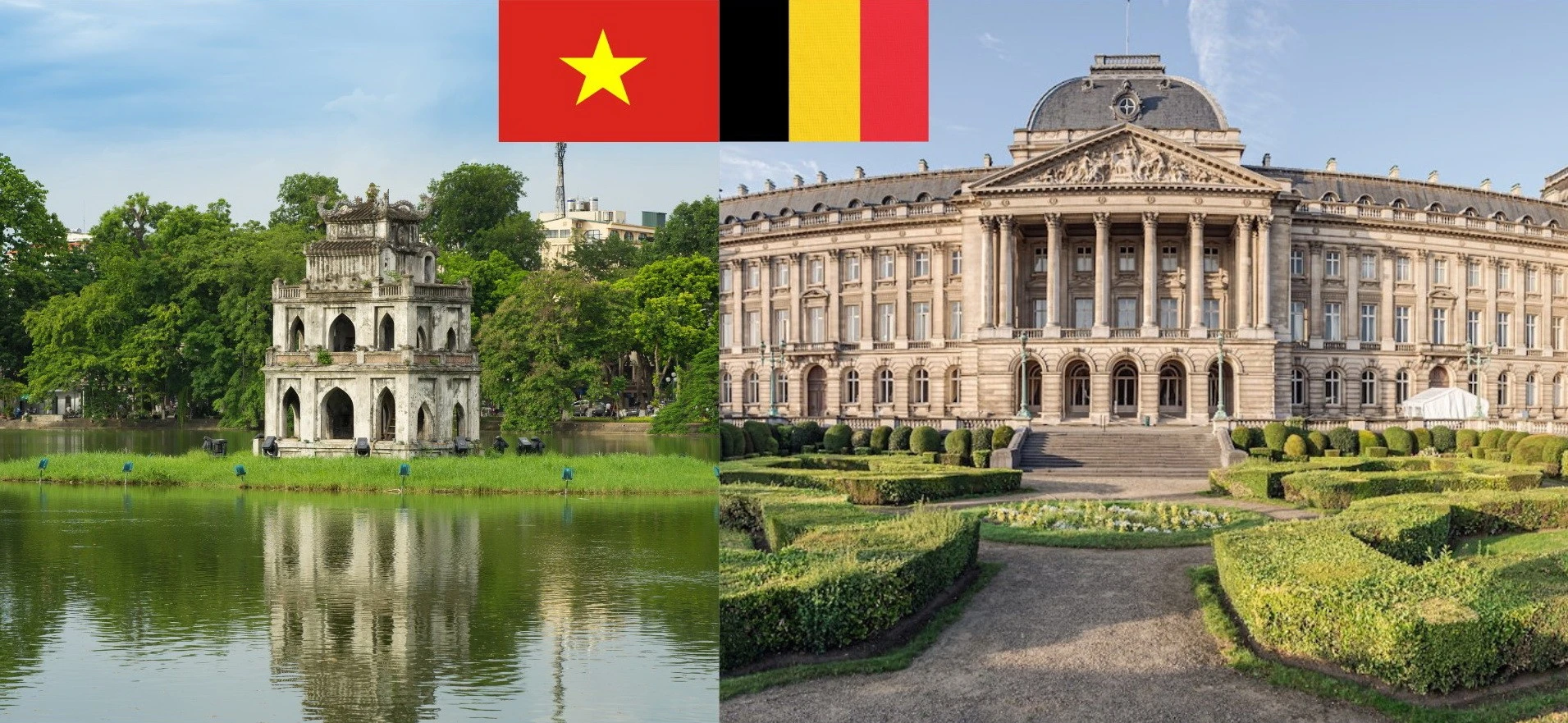


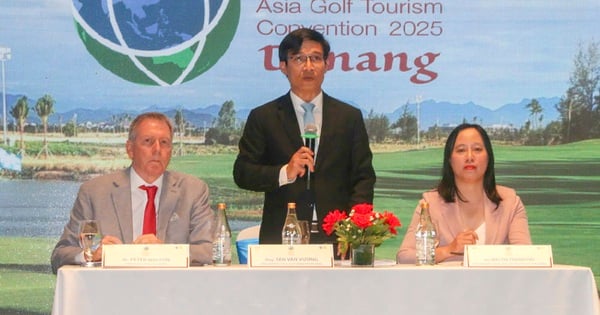

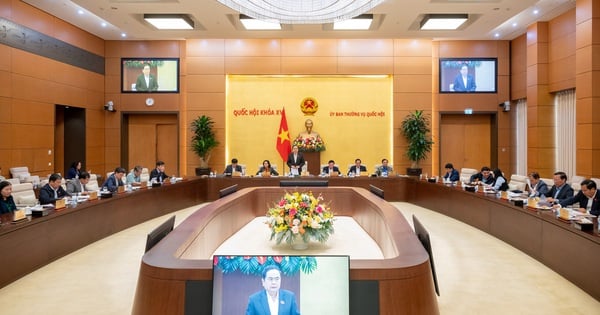
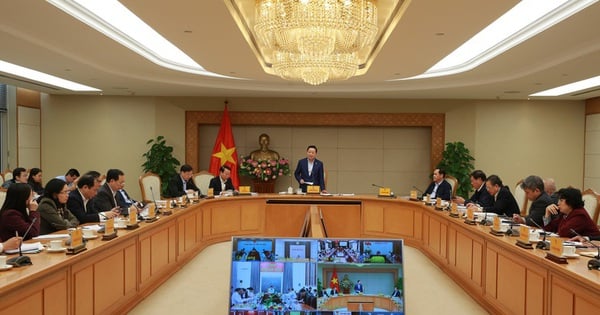
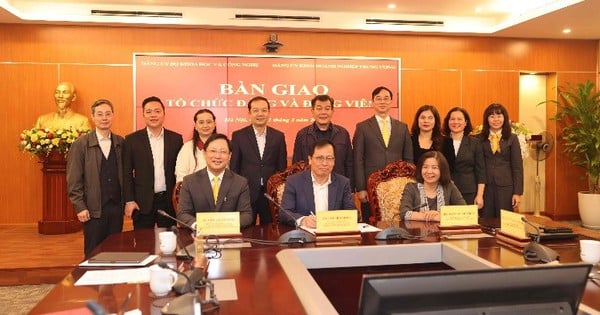

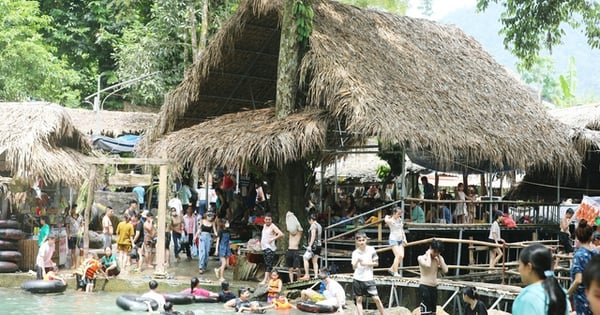
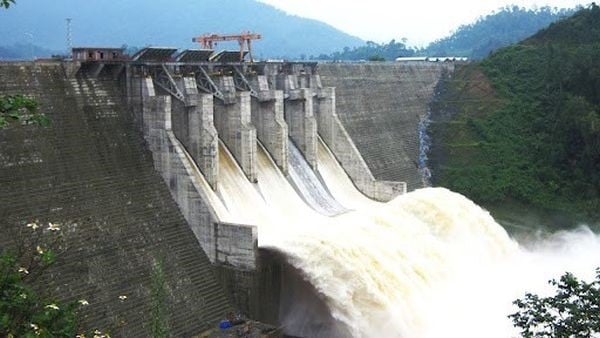

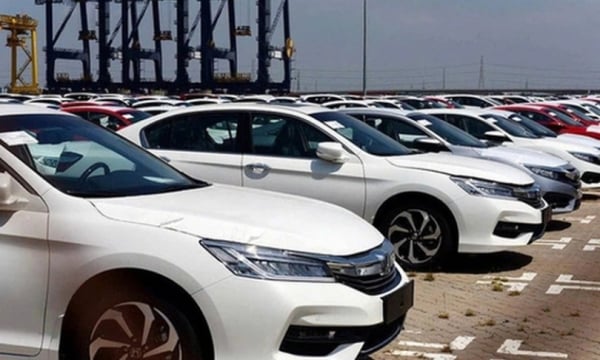


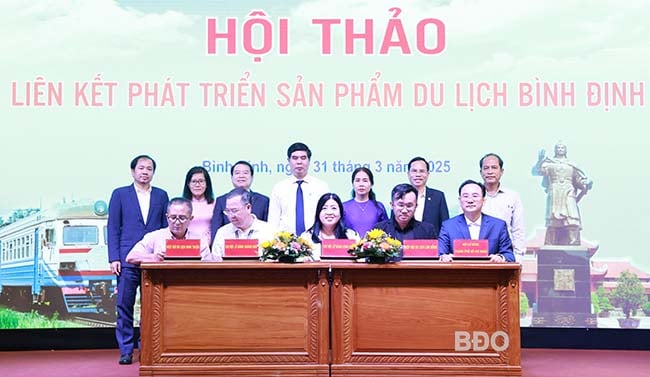
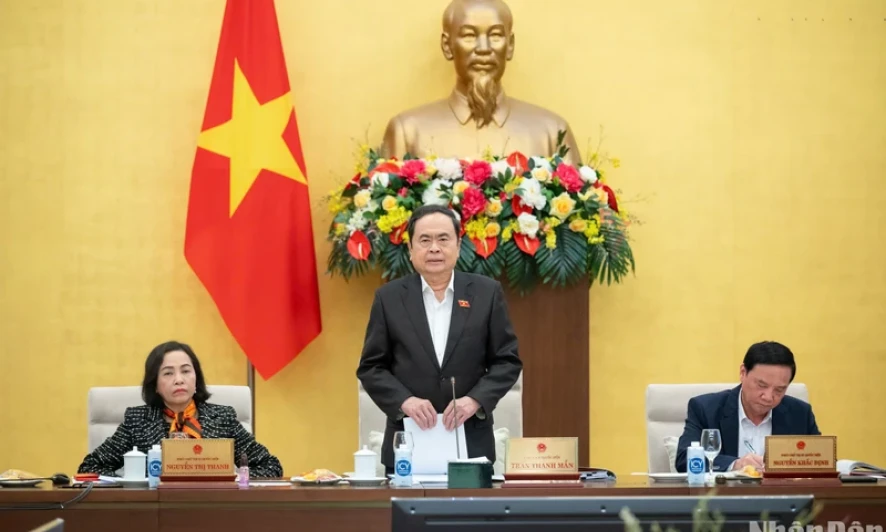



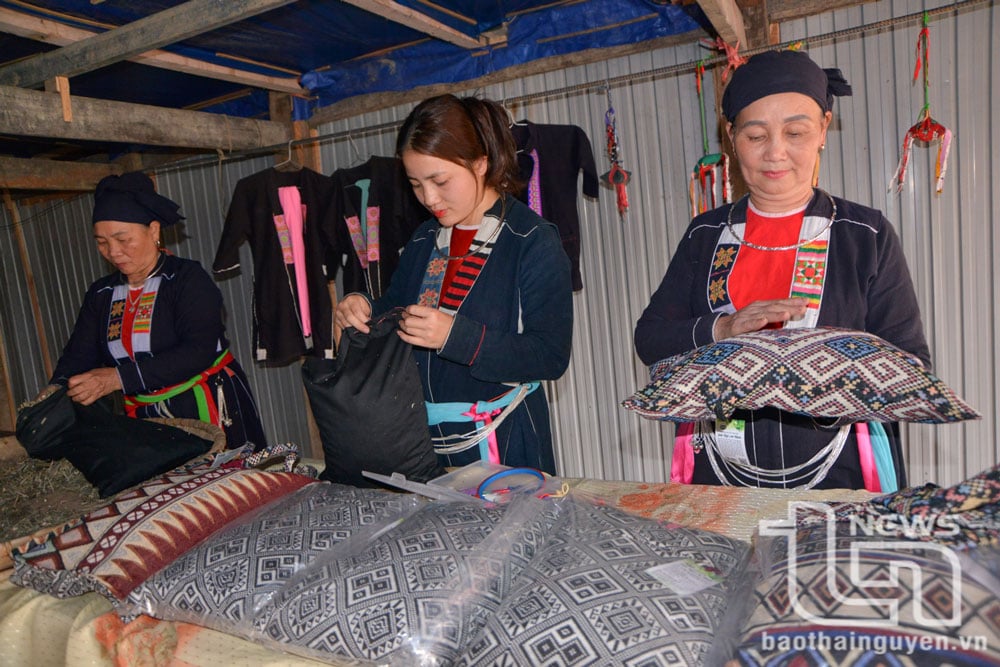









![[REVIEW OCOP] An Lanh Huong Vet Yen Cat](https://vstatic.vietnam.vn/vietnam/resource/IMAGE/2025/3/27/c25032328e9a47be9991d5be7c0cad8c)

Comment (0)